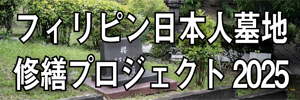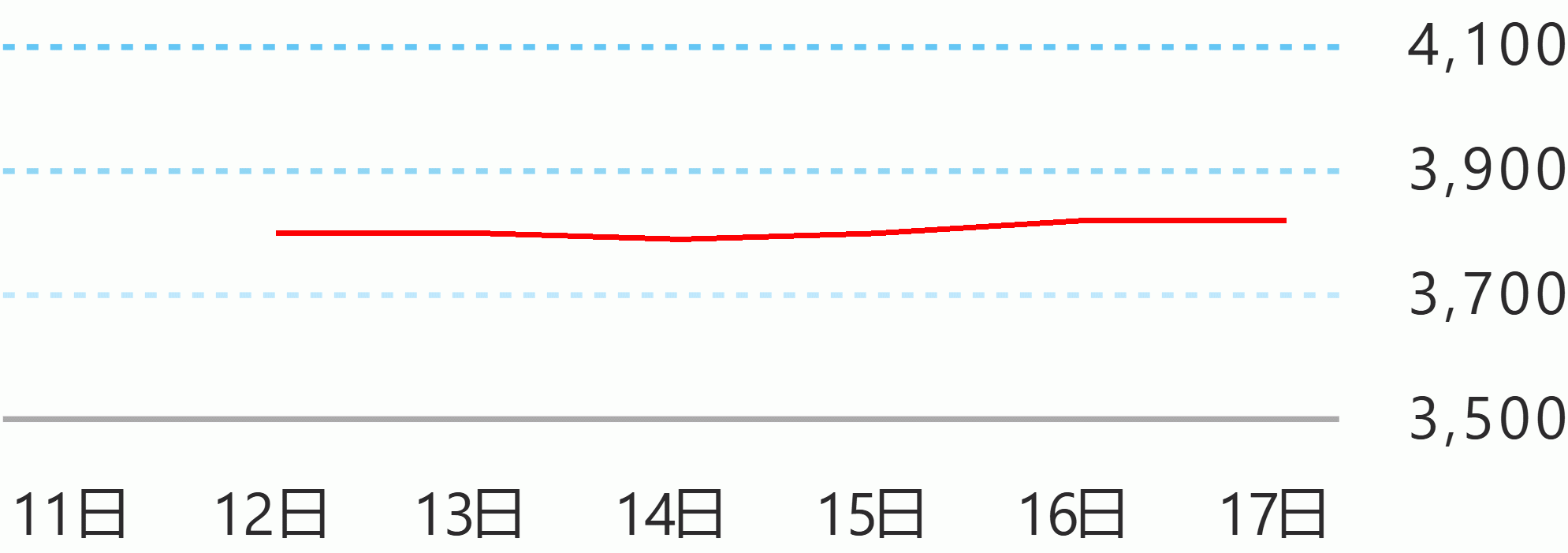Results of the Q4 2021 Senior Bank Loan Officers’ Survey (SLOS) showed that most of the respondent banks kept their overall credit standards generally unchanged for loans to both enterprises and households based on the modal approach.
Meanwhile, the diffusion index (DI) approach showed a net tightening of general lending standards for loans to enterprises while a net easing of overall credit standards was reflected for loans to households.
The BSP has been conducting the SLOS since 2009 to gain a better understanding of banks’ lending behavior, which is an important indicator of the strength of credit activity in the country. The survey also helps the BSP assess the robustness of credit demand, prevailing conditions in asset markets, and the overall strength of bank lending as a transmission channel of monetary policy.
The survey consists of questions on loan officers’ perceptions relating to the overall credit standards of their respective banks, as well as to factors affecting the supply of and demand for loans to both enterprises and households.
The analysis of the results of the SLOS focuses on the quarter-on-quarter changes in the perception of respondent banks. Starting with the Q3 2018 survey round, the BSP expanded the coverage of the survey to include new foreign commercial banks and large thrift banks.
Prior to Q3 2018, the survey covered only universal and commercial banks. During the Q4 2021 survey round, survey questions were sent to a total of 64 banks (42 universal and commercial banks and 22 thrift banks), 50 of whom sent in their responses, representing a response rate of 78.1 percent.
The responses for the Q4 2021 SLOS were collected between 29 November 2021 – 11 January 2022. It is important to note that data collection for the Q4 2021 survey round was implemented amid the government’s extension of the COVID-19 alert level 2 measures in Metro Manila, a quarantine classification that allows more economic activity and has fewer restrictions.
Details of the survey results
Lending to Enterprises
The modal-based approach indicated that results for Q4 2021 showed that a high percentage of respondent banks (75.0 percent) pointed to generally unchanged overall credit standards for loans to enterprises.
Meanwhile, the DI-based method reflected a net tightening of credit standards across all borrower firm sizes (particularly top corporations, large middle-market enterprises, small and medium enterprises, and micro enterprises).
However, the diffusion indices indicating a net tightening of credit standards are notably lower across all firm sizes, suggesting that the extent of tightening of credit standards in Q4 2021 has decreased compared to previous quarters. Nonetheless, respondent banks specified that the observed tightening of overall credit standards was largely driven by the deterioration in the profitability of bank’s portfolio and borrowers’ profile as well as a reduced tolerance for risk, among other factors.
For specific credit standards, the net tightening of overall credit standards was revealed in terms of stricter collateral requirements and loan covenants as well as increased use of interest rate floors. However, some form of easing in lending standards was identified in terms of narrower margin on loans and longer loan maturities.
Over the next quarter, while most of the respondent banks expect generally unchanged overall credit standards for loans to firms, DI-based results showed anticipation of net tighter standards mainly due to less favorable economic outlook and deterioration of borrower’s profile.
However, in comparison with survey results from Q1 2020 to Q4 2021, the diffusion indices pointed to fewer number of banks expecting a net tightening of lending standards in the following quarter.
Lending to Households
In Q4 2021, majority of respondent banks (65.7 percent) maintained their overall credit standards for loans extended to households.
Meanwhile, DI-based results showed a net easing of overall credit standards for household loans, specifically for housing, credit card, and personal/salary loans. Respondents linked the general easing of credit standards for household loans with a more favorable economic outlook and an improvement in borrower’s profile.
In terms of specific credit standards, the overall net easing of lending standards to consumers was identified in longer loan maturities and decreased use of interest rate floors. However, partial tightening of credit standards for loans to households was revealed in forms of wider loan margins, reduced size of credit lines as well as stricter collateral requirements and loan covenants.
For the following quarter, modal-based results showed that a larger proportion of respondent banks expect to retain their overall credit standards. At the same time, DI-based results showed that respondent banks anticipate the continued net easing of overall credit standards for consumer loans amid optimistic economic prospects and expected improvement in borrower’s profile.
Loan Demand
Results for the Q4 2021 survey showed that most respondent banks pointed to an overall steady loan demand from both businesses and consumers.
Contrary to this, the DI-based method determined a net increase in overall demand for business loans across all major loan categories (particularly for top corporations, large middle-market firms, small and medium enterprises, and micro-enterprises) and for three key categories of consumer loans (specifically housing loans, credit card loans, and auto loans).
Based on the survey responses, the net increase in businesses’ demand for credit was influenced by the improvement in customers’ economic outlook and the rise in customers’ financing requirements for inventory and accounts receivable. Likewise, the net increase in loan demand for households was reportedly due to the higher households consumption, bank’s more attractive financing terms, and lower interest rates.
In the next quarter, majority of respondent banks expect an overall steady loan demand from firms and consumers based on the modal-approach. It should also be noted that a considerable portion of banks also indicated expectations of a net increase in demand for credit from both businesses and households amid the market’s optimistic economic outlook due to the easing of COVID-19 quarantine restrictions and the continued rollout of vaccines.
Results from the DI method reflected expectations of a net rise in overall loan demand from businesses which were mainly associated with clients’ improvement in economic outlook as well as increased inventory and accounts receivable financing needs. Similarly, the DI approach manifested banks’ anticipation of net increase in overall consumer loan demand which was attributed to banks’ more attractive financing terms and higher household consumption.
Real Estate Loans
Latest Q4 2021 survey results pointed to most respondents (75.8 percent) reporting generally unchanged overall credit standards for commercial real estate loans (CRELs). However, the DI-based approach determined a net tightening of overall lending standards for CRELs for the 24th consecutive quarter. During the quarter, respondent banks conveyed a declined tolerance for risk, deterioration in borrowers’ profile, and a less favorable outlook as key elements to the tightening of overall credit standards for CRELs.
In terms of specific credit standards, the net tightening of overall lending standards for CRELs was attributed to wider loan margins, reduced credit line sizes, stricter collateral requirements and loan covenants, increased use of interest rate floors, and shortened loan maturities. Over the following quarter, the DI approach indicated expectations of net tighter credit standards for CRELs.
Majority of the respondents in Q4 2021 stated unchanged demand for CRELs using the modal approach. On the other hand, DI-based results indicated a slight net decline in demand for CRELs given the decreased investment in plant or equipment of clients and the deterioration in customers’ economic outlook.
Over the next quarter, modal-based results displayed expectations of a generally unchanged loan demand for CRELs, while the DI approach reflected a slight increase in demand. Respondent banks anticipate the credit demand for CRELs to rise largely due to the market’s positive economic outlook as well as the increased customer inventory and accounts receivable financing needs.
On housing loans extended to households, a higher portion of respondents (71.9 percent) also indicated maintained lending standards while DI-based approach identified a net easing in Q4 2021. Over the following quarter, DI-based results also showed expectations of net easing in credit standards for housing loans, driven by less uncertain economic outlook, and improvement in borrowers’ profile.
A higher percentage of respondents indicated that overall loan demand for housing loans in Q4 2021 was broadly steady. Meanwhile, DI-based results presented a net increase in housing loan demand during the quarter amid higher household consumption and housing investment. Nonetheless, survey respondents stated a continued anticipation of a net rise in housing loan demand in Q1 2022 which was significantly attributed to expected higher housing investment and bank’s more attractive financing terms. BSP




 English
English










